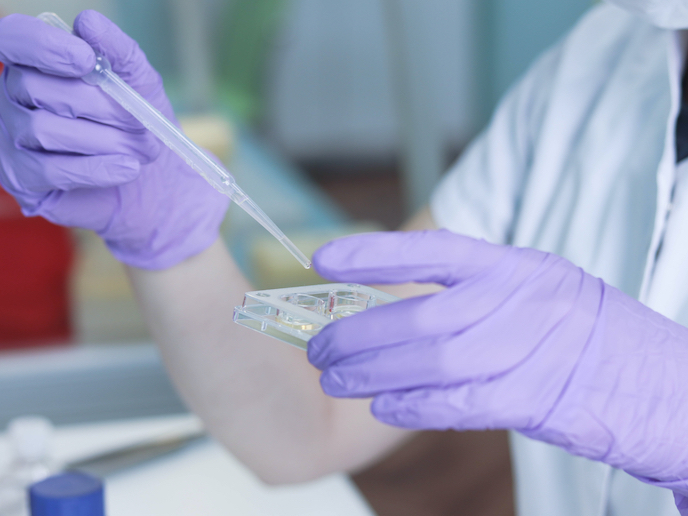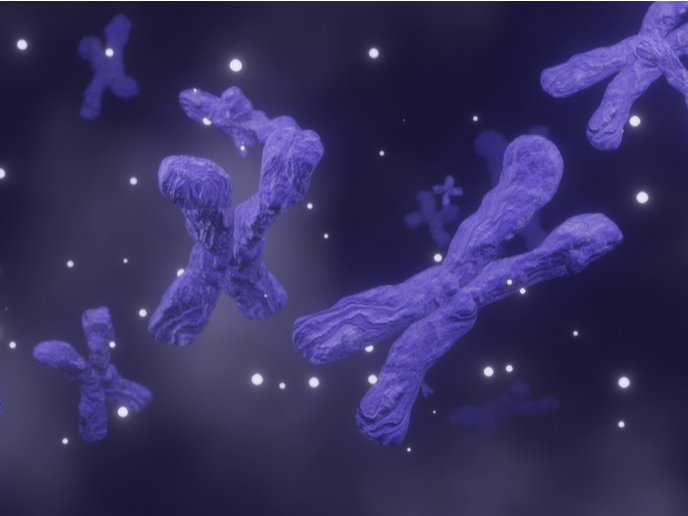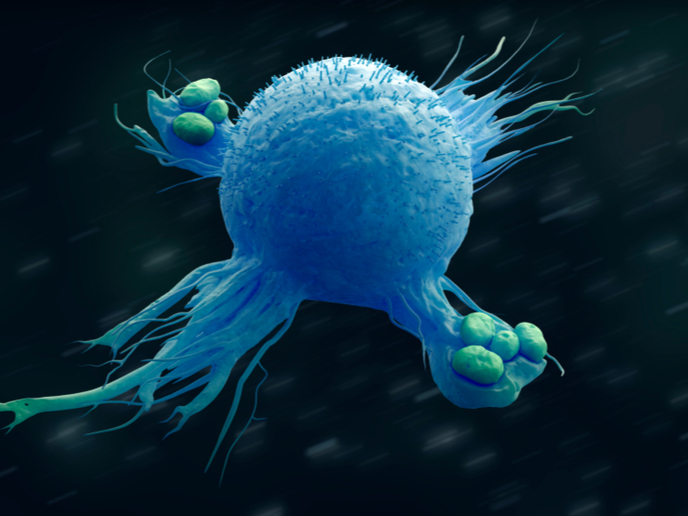Understanding how cells self-organise to form embryos
The question of how embryos emerge from apparently unstructured matter has kept scientists and philosophers occupied for thousands of years. Until well into the 19th century, it was assumed that the blueprint for the embryo would already be formed in the sperm or egg, and only had to develop into the adult form. “Today we know that during the development of an organism from a fertilised egg cell, completely new structures arise that were not yet created in the sperm or egg,” notes QUANTPATTERN project coordinator Patrick Müller, Max Planck Research Group leader at the Friedrich Miescher Laboratory and professor at the University of Tübingen in Germany. “Such self-organising processes raise questions about how a structured embryo can develop from an undifferentiated cluster of cells.” Understanding this process is not only of fundamental interest. It could also open the door to transforming embryonic stem cells into complex multicellular structures for human tissue replacement.
Nodal and Lefty
In order to advance our understanding of this process, the European Research Council supported QUANTPATTERN project focused on two key signalling molecules – the activator Nodal and the inhibitor Lefty – which control early vertebrate development. “The father of modern computer science, Alan Turing, theorised more than 60 years ago that signalling molecules form a self-organising activator-inhibitor system,” explains Müller. “According to his theory, the inhibitor must move faster than the activator, otherwise patterns will not form.” It has been hypothesised that Nodal and Lefty form the kind of activator-inhibitor system that Turing postulated. Previous studies showed that Lefty has higher mobility than Nodal. Visualising these signals in developing tissue however, and manipulating their mobilities, has proven extremely difficult. To address these challenges, the QUANTPATTERN project sought to identify molecules that regulate the mobilities of Nodal and Lefty during zebrafish development. Mathematical modelling was then combined with precise manipulations of zebrafish embryo size. “This helped us to determine how the different mobilities of Nodal and Lefty might be able to sense embryo length, and adjust tissue proportions accordingly,” says Müller. Even more ambitiously, the team analysed the Nodal/Lefty system in mouse embryonic stem cells. These cells, grown in tissue culture, spontaneously self-organise into embryo-like three-dimensional spheres.
Self-organising networks
Müller and his team were able to identify key interactions at the molecular level, and identify conditions in which the pattern proportions in differently sized embryos can be adjusted. The team also worked out how Nodal interacts with other signalling pathways to influence self-organising mouse embryoids. These findings represent a significant breakthrough in our understanding – at the molecular level – of how new life begins. Just as importantly, the project has opened the door to the analysis of more complex biological systems through a new computer-based mathematical method for analysing millions of realistic activator-inhibitor networks. “We were able to identify possibilities for generating patterned embryos without different activator and inhibitor mobilities,” adds Müller. “This discovery challenges previous beliefs derived from analysing simplified systems. It also opens new avenues for increasing our understanding – and possibly engineering – of complex self-organising systems.” Knowledge gleaned from QUANTPATTERN is currently being used to engineer artificial patterning systems that spontaneously form periodic patterns. These will help Müller and his team to put their theories to the test, and could inform new approaches to human tissue replacement. Moving forward, Müller and his team are also looking into additional signalling pathways. Some of this research will be carried out through a new ERC-funded project called ACE-OF-SPACE.
Keywords
QUANTPATTERN, embryo, cells, sperm, egg, Nodal, Lefty, Turing, biological







